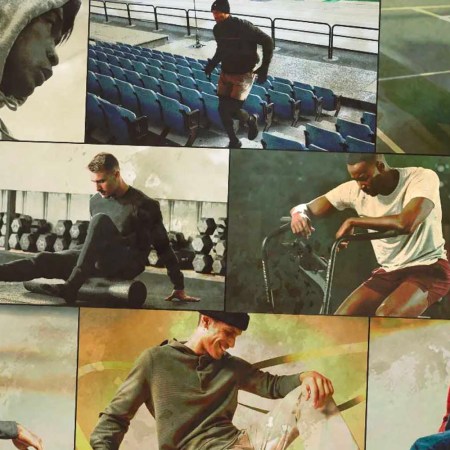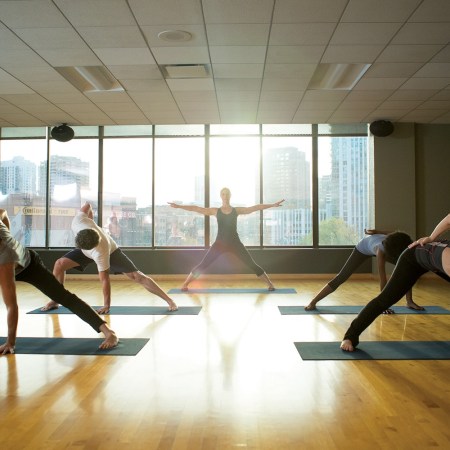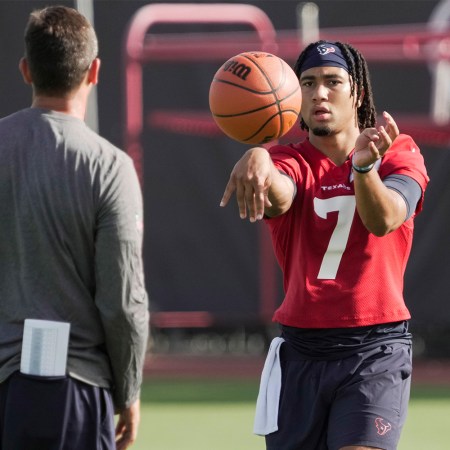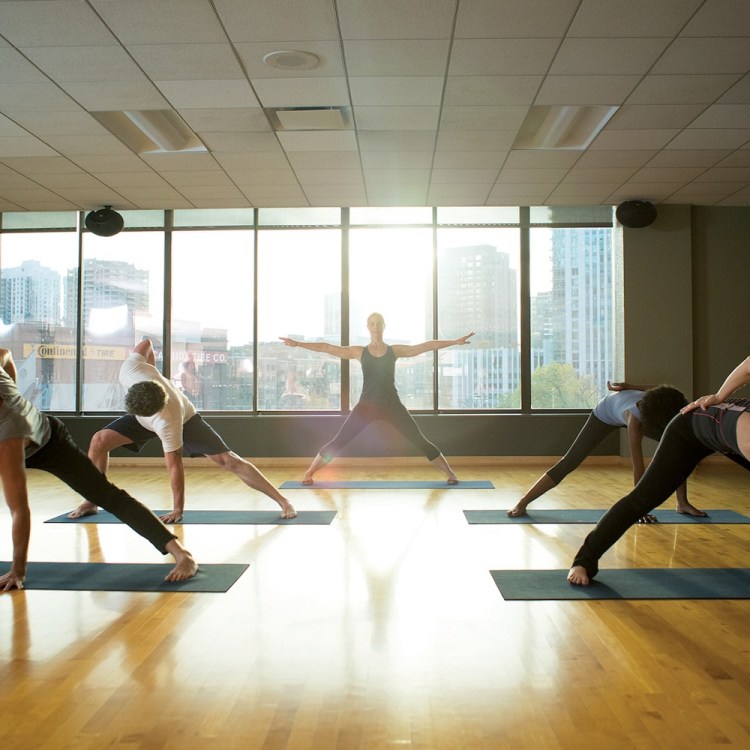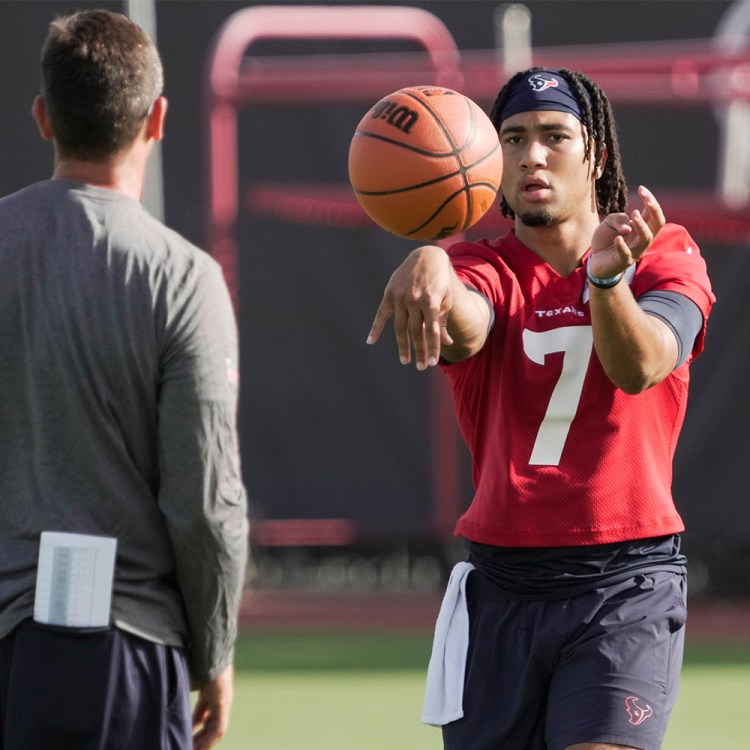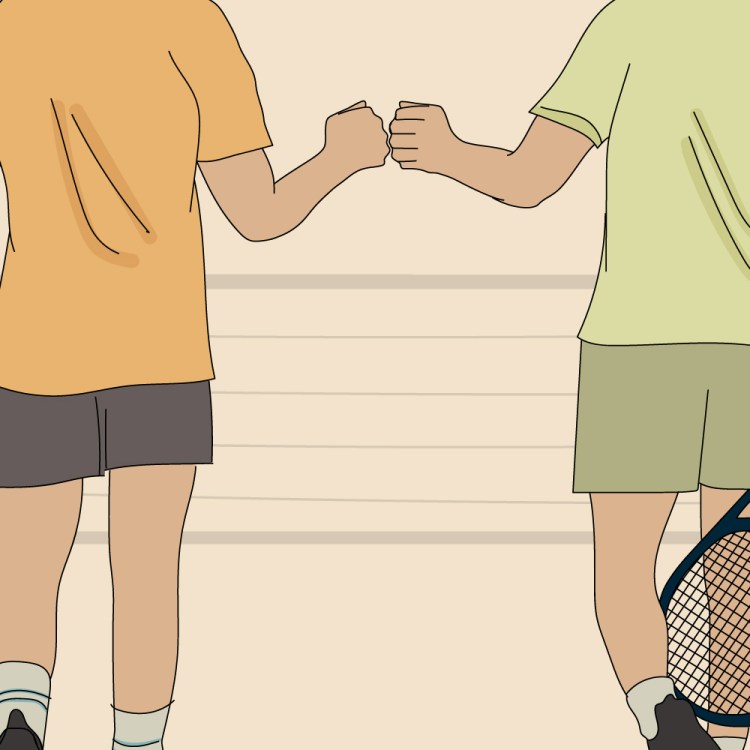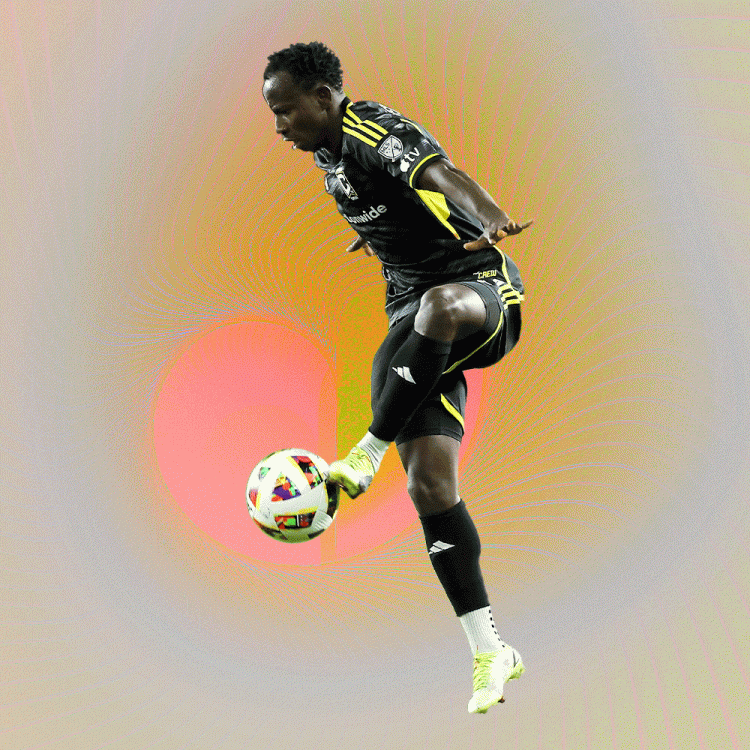Cassidy Scheer has been logrolling since he was four years old.
They start ‘em young in Wisconsin and Minnesota. “My hometown has a logrolling school,” he says. “It’s an easy, noninvasive sport. You just need water and a log.” His dad, Fred Scheer, was a four-time world champion lumberjack. At 35, Cassidy has been competing professionally 20 years.
Image via Lumberjack World Championships
When he’s not treading (and chopping) timber, Scheer runs a real-estate development firm and his family’s entertainment company, Paul Bunyan’s Northwood’s Lumberjack Show. “It’s like Medieval Times for lumberjacks,” he explains.
So he’s busy. But he still has to practice, so he chops timber 3-4 days a week; he estimates that the sum total of these training sessions equates to seven or eight cords of wood a year. “It’s not really practical for me to get a delivery from a logger because my wife doesn’t want six cords of wood in our suburban driveway,” he says. So he checks Craigslist for tree removal and is “always sizing up trees” in nearby parks. “If something is down on the ground and it’s easily accessible, I take notice of that.”
When he’s not doing that, he hits the gym like a pro athlete, following Crossfit’s football program four days a week to keep fit and ready for the Lumberjack World Championship, which will be held in Hayward, Wisconsin, this July 28-30th.
Here’s what we learned from his routine.
There are four major competitions in timbersports:
- Tree climbing, or “using the same equipment a linesman would to climb up and down cedar or fir”
- Chopping, axe work, sawing and stock chainsaw
- Hot saw, which Scheer describes as “a motor sport, because guys are modifying their own chainsaws”
- And logrolling, “basically two guys on a log trying to manipulate it to knock the other off”
To train for tree climbing, you don’t actually need to climb anything
“Tree climbing I only do once a week, because I can be more effective just by doing gym work,” he says. “It’s like riding a bike at this point.” To get strong he does sprint training: 200 meter runs and 10-meter shuttle sprints, with minute-long breaks in between. Sprint work comes first. Then plyometric training and footwork drills that work his fast-twitch muscle memory. “Tree climbing is a sprint event, so you need to create a lot of power output,” he explains. “Box jumps, short sprint intervals, rebounding box jumps … and I hook cables to a harness and do sled pulls on a prowler.”
Image via Dells Lumberjack Show
Chopping is heavy on core muscles and hip rotation
Cassidy goes to a Crossfit gym, where he works on lateral or horizontal ball slams. He starts with his biggest muscle group and works through to his extremities. “You line everything up so that all of your joints and muscles are working in sync to increase maximum velocity on the axe, bat or golf club,” he says. “The mechanics are very similar.”
The backyard chopping is still essential, though
“I do probably about 3-4 sessions of two hours every week. My backyard has all of the different (competitive) setups.” In chopping, accuracy and form are very important. As in baseball, how you manipulate the axe is more important than brute strength. “The absolute best are those who can combine speed and accuracy with strength. I always video-tape my chopping sessions because I see the things I need to improve.”
Balance is critical for springboard and log rolling
The plyometric exercises increase body awareness and muscle memory. “There are some gymnastics in the Crossfit, like handstand pushups, stuff like that,” he says. “In the off-season I do yoga once or twice a week. I warm up for about half an hour beforehand, and I do a lot of the Kelly Starrett mobility stuff: big static holds and yoga movements that work all aspects of connective tissue.”
Image via Dells Lumberjack Show
His two essential exercises: squats and pull-ups
“My gym work is heavy on pull-ups,” he says. “I’ve experimented enough to know that years that I’m doing a lot of climbing training, I don’t do as well as years where I’m doing a lot of sprint training on land, plyometric work and pull-ups.”
Whether you’re looking to get into shape, or just get out of a funk, The Charge has got you covered. Sign up for our new wellness newsletter today.
